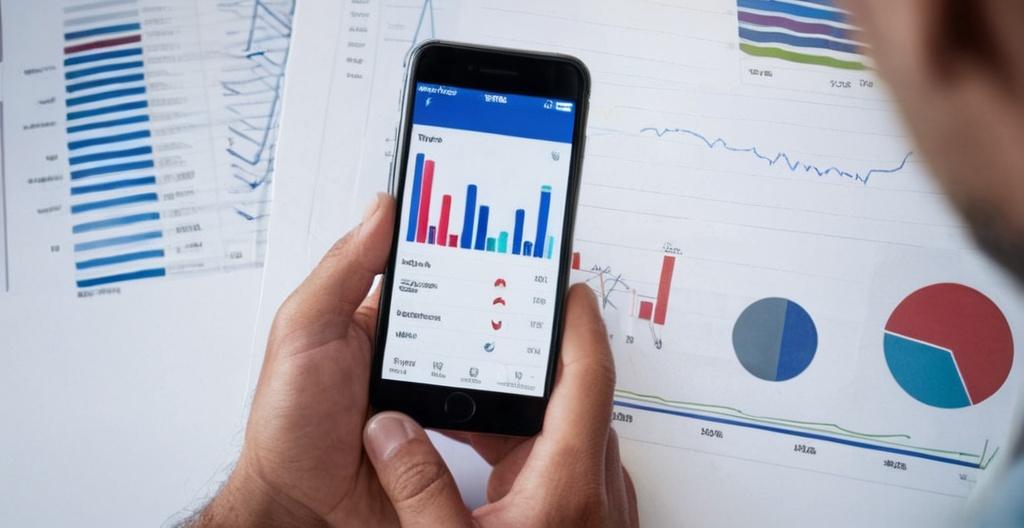Key Take Aways About Tick Chart
- Tick charts represent the number of trades, providing real-time trading updates.
- Ideal for high-frequency markets like forex; beneficial for scalpers.
- Pros: Accurate buy/sell pressure snapshots and volatility insights.
- Cons: Potential signal noise in low trades, requires strong data feed.
- Tick count should align with trading style; affects chart detail and noise.
- In contrast to time-based charts, tick charts reduce clutter and highlight trends.
- Offer fresh perspectives; suitable when every trade matters.

Understanding Tick Charts in Trading
Tick charts, often overshadowed by their more famous siblings like candlestick or bar charts, possess a charm and utility all their own. What makes them interesting isn’t just their appearance, but how they rep how many trades or transactions have happened. Unlike time-based charts that give you the highs and lows of a period, tick charts give you a play-by-play of each trade.
Why Tick Charts Matter
For traders who live and breathe in the fast lane, tick charts are like oxygen. They can be incredibly beneficial when trading high-frequency markets like forex or futures. Rather than waiting for a minute’s worth of data, tick charts give them updates after a set number of trades. If 100 trades complete, it prints a new bar, helping traders catch those micro-trends that could be missed otherwise.
Pros of Tick Charts
These charts can give a snapshot of buying and selling pressures with remarkable accuracy. When the market is sleeping, tick charts show fewer bars since fewer trades are occurring. But when things get wild, they start cranking them out, giving you a better sense of volatility. They’re great for those who like to keep it snappy.
Cons to Consider
Like all good things, tick charts come with a catch. Because they form based on trade count, watching them in a low-volume market might feel like watching paint dry. Plus, they can sometimes signal false trends if only a few big trades skew the data. They also need a good data feed—no signal, no chart.
Setting the Tick Count
There’s no one-size-fits-all here. The tick count—whether it’s 50, 100, or 200—depends on your comfort level or trading style. A lower tick count will give more bars during high activity, offering nuance, but maybe too noisy for some. Higher counts can smooth things out but slow down the feedback loop.
Comparing Tick Charts to Time-Based Charts
So how do tick charts stack up against the more traditional time-based kind? Well, in a market that’s chugging along consistently, time-based and tick charts might look similar. But in a slow market, tick charts wait, giving you fewer bars to clutter the screen. This makes them appealing for spotting patterns, while time-based charts might just add irrelevant data.
Analyzing Tick Charts
Let’s say you’re using a tick chart with 133 ticks per bar in a forex market. Each bar forms every 133 trades, naturally adjusting to market activity. In high volume times, the price movement’s clearer and you might spot that breakout you were waiting for. In quieter times, the chart remains less congested, highlighting only significant movements.
Practical Uses of Tick Charts
Traders with a penchant for the scalping strategy may find tick charts indispensable. They offer real-time data that helps pinpoint entry and exit points with precision. Imagine you’re trading oil futures, and the market’s swinging like a pendulum. A tick chart would provide a more immediate sense of momentum, potentially giving you that extra split-second advantage.
Wrapping Things Up
Tick charts offer an alternative view of the markets that some traders find enhances their trading strategy. Although they require a good internet connection and a reliable data feed, they can offer fresh perspectives in fast-paced markets where every tick counts. So next time you’re setting up your trading screen, consider giving those tick charts a second look. You know, just for kicks.